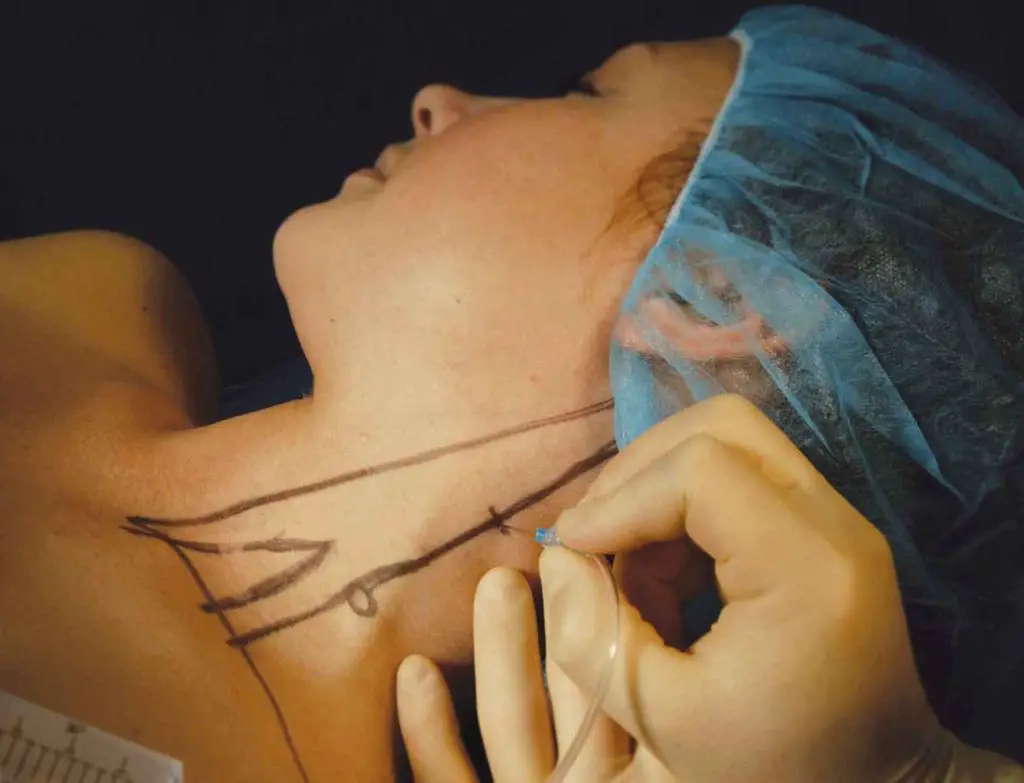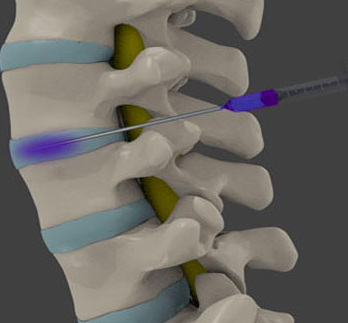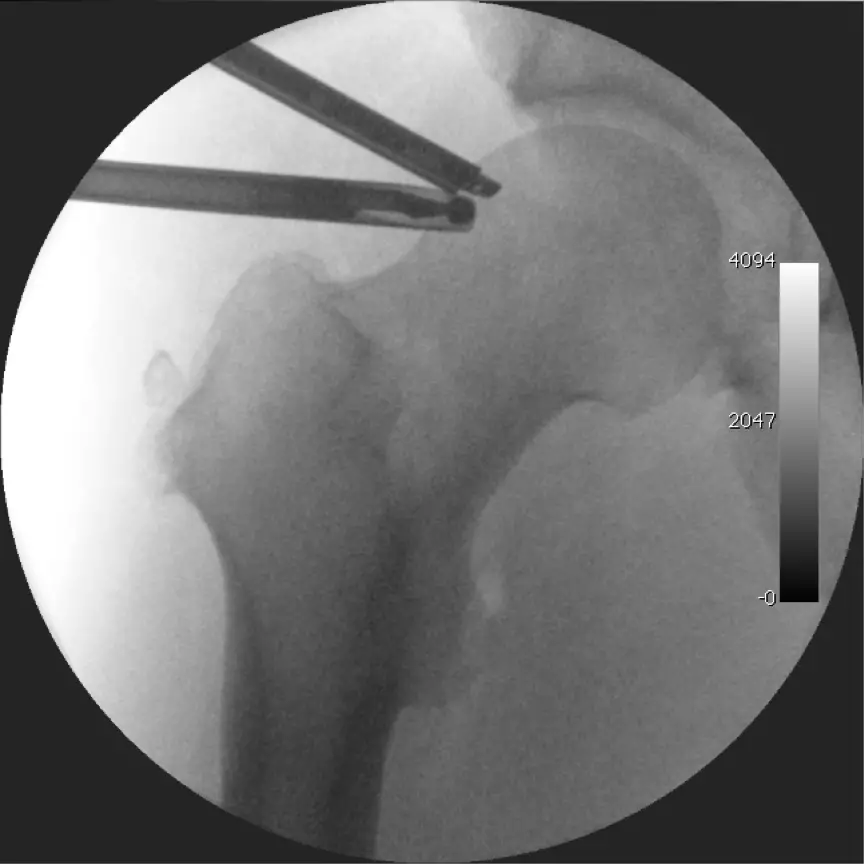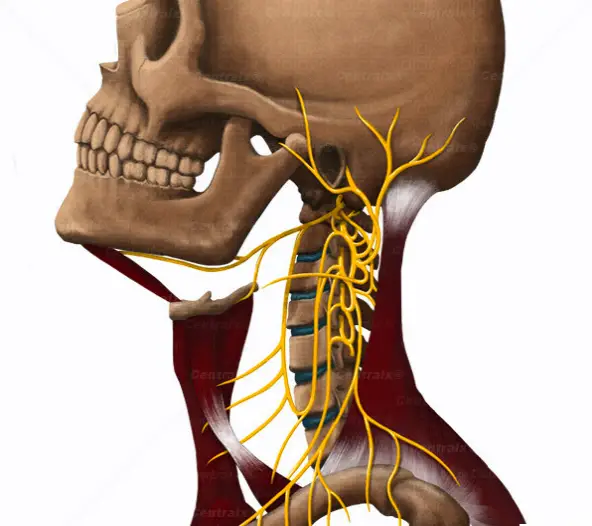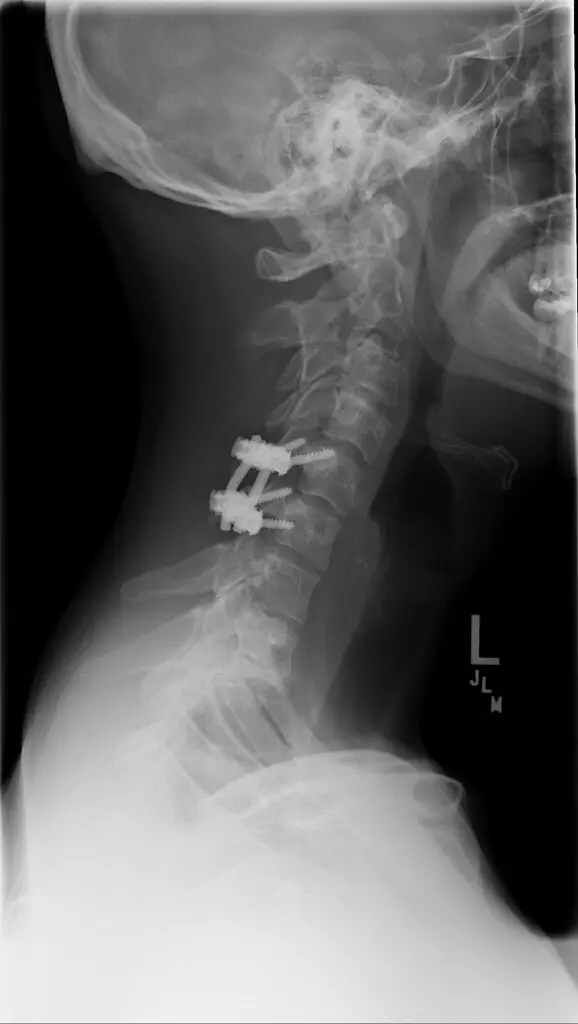Article reviewed and approved by Dr. Ibtissama Boukas, physician specializing in family medicine
Before a surgical intervention or an invasive examination, doctors usually use anesthesia. It allows to reduce the pain and to act on the conscience if necessary. It is particularly indicated during an important operation. Anesthesia can act on a limb, a region of the body or on the whole body. As part of a plexus block, This is'anesthetize the part to be operated on without causing loss of consciousness. In this article, we take stock of the subject.
What is the plexus block?
To understand what a plexus block is, you must first know the difference between the following techniques.
General anesthesia and locoregional anesthesia
THEanesthesia General causes both a loss of sensitivity, consciousness and memory. Among other things, it aims for artificial sleep. For this, you are given medication, either intravenously or inhaled (using an anesthetic gas).
On the other hand, theanesthesia locoregional only causes a loss of sensitivity. It is used to numb a specific area of your body. For this purpose, you are injected with local anesthetics around the nerve tissue involved. Since it blocks nerve conduction at this level, it is called a “block”.
Central blocks and peripheral blocks
THEanesthesia locoregional can apply at different levels.
We are talking about " center blocks » when the injection is performed at the level of the spine. They group the spinal anesthesia (spinal anaesthesia) and epidural block (infiltration of the area surrounding the dura mater).
On the other hand, we speak of peripheral blocks » when the injection targets a single nerve or a network of nerves. They include the truncal block and the plexus block.
Truncal block and plexus block
Le truncal block designates an infiltration of a nerve (nerve trunk) which anesthetizes the corresponding territory.
In contrast, the plexus block reflects an infiltration of a set of nerves (plexus) which numbs an entire region.
If the first technique anesthetizes, for example, the inner edge of the hand, the second technique anesthetizes the entire upper limb.
Therefore, the plexus block is a category of locoregional anesthesia. It is a peripheral block which is used to infiltrate a plexus to numb an entire region of the body.
What are the types of plexus blocks?
There are different types of plexus blocks.
neck blocks
Among neck blocks frequently practiced, we find the block of cervical plexus. It anesthetizes the entire neck region. It is very useful in case of carotid surgery.
Abdominal wall blocks
The abdominal wall blocks always accompany painkillers (analgesics). They help the latter to reduce postoperative pain as much as possible. They can be combined with general anesthesia or spinal anesthesia. This is often the case for small operations in the lower abdomen or operations for a hernia.
Upper limb blocks
Different blocks can be made depending on the part of the upper limb concerned.
Interscalene block
Le interscalene block consists of blocking the brachial plexus which is responsible for the innervation of the entire upper limb. The injection is made between the anterior and middle scalene muscles. This is where the name “interscalene” comes from. If necessary, the use of a catheter can be useful to prolong the analgesic effects for several days.
Axillary block
Le axillary block is used to anesthetize the nerves of the upper limb located at the level of the hollow of the armpit. It may require the placement of a catheter.
Supra and subclavicular blocks
The supra and subclavicular blocks are suitable for arm or elbow surgeries that cannot be performed under an axillary block. The injection is done above or below the collarbone.
Lower limb blocks
Like upper limb blocks, there are also different lower limb blocks.
Femoral block
Le femoral block allows to'numb the femoral nerve (also called crural nerve) which is at the fold of the groin. It can be prescribed in the treatment of fractures or serve as a postoperative painkiller.
sciatic block
Le pad sciatica is to put to sleep sciatic nerve which is responsible for tenderness in the legs and feet. The injection can be done in the buttocks. This type of injection is often linked to a femoral block. It can also be done above the knee: at the level of the hollow of the knee (popliteal), on the external side or on its back part. A catheter can be placed for a sciatic block.
What are the indications and contraindications of plexus block?
The plexus block is indicated in surgery or postoperative analgesia of these regions:
- neck ;
- abdominal wall ;
- shoulder ;
- arms ;
- hand ;
- forearm ;
- hip ;
- knee ;
- tibia;
This regional anesthesia is usually contraindicated in case of pneumothorax (effusion of gas in the pleura), respiratory failure or lateral blocks. In these cases, your doctor will prescribe general anesthesia.
What is the plexus block procedure?
Before proceeding with the injection, the nerves to be blocked must be identified.
Identifying nerves
To identify the nerve structures concerned, neurostimulators are used. They both help to ensure the success of the injection.
In the same vein, an ultrasound probe can also be used. It is a painless technique that is increasingly appreciated by patients.
Choosing a local anesthetic
Different products can be injected as part of the plexus block. Among the most powerful are ropivacaine and bupivacaine.
- Ropivacaine works in 10 minutes with an effect of 4 to 6 hours. The maximum prescribed dosages are 225 to 300 mg.
- Bupivacaine works in 15 to 20 minutes and its effects last between 6 and 8 hours. This will require a dose of 150 mg SA or 200 mg AA.
If necessary, xylocaine or mepivacaine can be used.
The majority of plexus blocks are performed on an outpatient basis. After the operation, you must take the analgesics prescribed by your doctor so as not to arouse the pain.
What are the side effects and risks of plexus block?
The plexus block can expose to various minimal or serious risks.
- This type of locoregional anesthesia has a risk of hematoma at the puncture site. This risk increases further when anesthesia is administered at the level of the armpit. This is also the case if you follow a anticoagulant treatment (which thins the blood). The presence of a hematoma should not alarm you, because in general, it disappears quickly and leaves no sequelae.
- A plexus block made at the level of the shoulder can cause a eye discomfort. This may be accompanied by drooping of the eyelid as well as a sensation of difficulty breathing. However, this type of side effect remains rare and temporary. It only lasts a few hours.
- As regards the lower limb blocks, they can cause neurological disorders. These are often minimal disorders that occur in 0,4% of cases. If they often appear 72 hours after the realization of the anesthesia, they disappear in less than a month. In most cases, these neurological lesions are transient and regressive.
- When injecting and passing anesthetic products through the blood, more serious complications can occur. They occur in particular in the event of an overdose of the local anesthetic. An overdose exposes to more than risks of systemic cerebral intoxication (headaches, tinnitus, phosphenes, etc.) and cardiac (rhythm disorders, arterial hypotension, decrease in cardiac output, etc.). Either the cerebral signs precede the cardiac signs, or both signs occur at the same time.
Projects
https://www.chuv.ch/fr/anesthesiologie/alg-home/patients-et-familles/types-danesthesie

